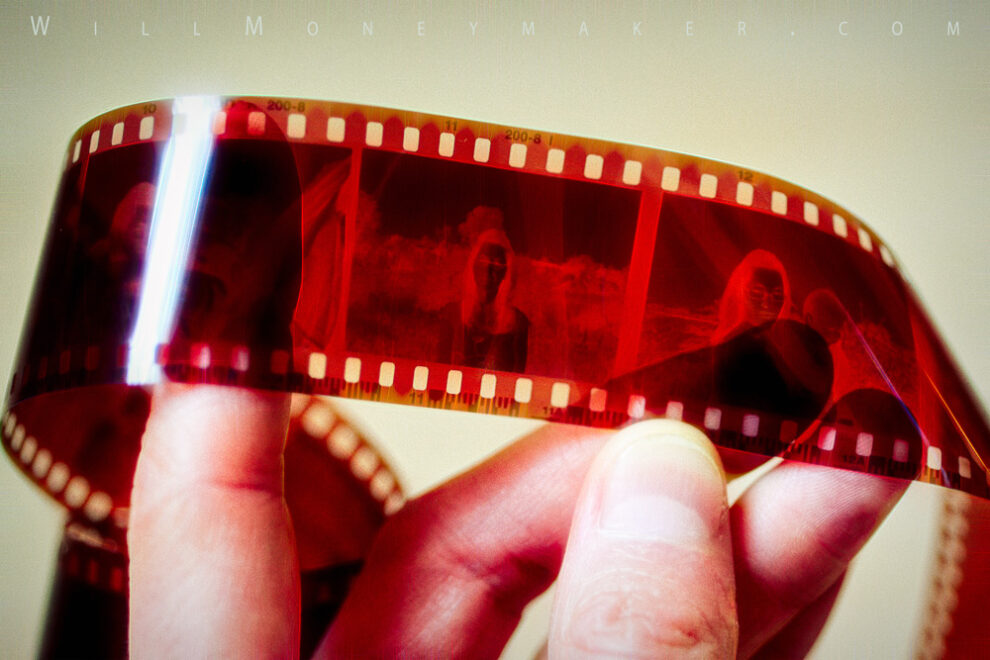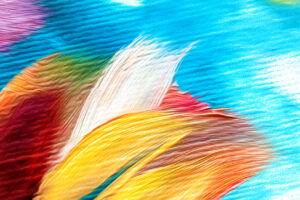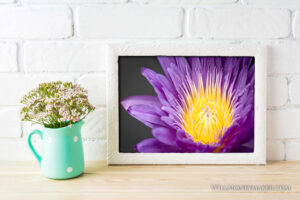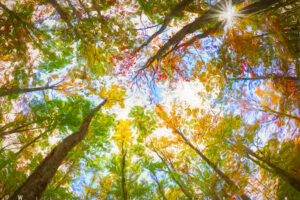There’s a habit among many of us old-timers. For some of us, more of our photographic careers were spent back in the days of film than now, in the days of digital. Because of that, we’re so well trained that these days, we find ourselves falling into old routines that proved helpful back in those film days but are actually detrimental for us today.
For me, it is second nature to limit the number of exposures that I take. Why? Because back when I first started out with photography, I was limited by my rolls of film and by the expenses that came with developing those rolls of film. When out in the field, we only had however many shots were on each roll—or for photographers who used sheet film, they only had however many sheets they’d brought along.
We had to make them count. We couldn’t waste film on exposures that had a small chance of working out, and none of us wanted to pay tons of money to develop dozens of negatives that would end up sitting untouched in a shoebox for years because they weren’t good enough to warrant further attention.. In a way, that was a good thing because it really made us stop and consider compositions very carefully before pressing that shutter button. That consideration is valuable because it helps us refine our photographic eye.
But in other ways, the situation has flipped completely on its head these days. Now, that hesitance to create extra exposures can, in some ways, be a drawback. If we limit our exposures, we are making a mistake, I think. No longer are we bound by rolls or sheets of film. With modern memory cards and digital storage, our capacity for negatives is virtually limitless.
So if we stick with that old “save some film for later” mentality? There’s a very good chance that we are missing out on a whole lot of potential. How many times, back in those old film days, did we bracket our exposures to make sure that at least one from a series of image would be exposed well—only to find out that the shot would have worked better from an entirely different angle? How many negatives did we create in which we would later come back and think, “this would have been better had only I gotten closer, or knelt to get lower, or climbed higher?”
That’s the kind of potential that we’re missing out on when we limit the number of exposures that we take. When you find something worth photographing, take lots of photographs. Create vertical and horizontal versions. Photograph the subject from as many different angles as you can, or from as many different perspectives. Use different depths of field to capture detail or to remove detail. Try different camera settings to adjust the exposure one way or the other.
What’s the worst that can happen? You won’t need to worry about developing lots and lots of film. At most, you’ll have to swap memory cards during the shoot, and afterward, it may take a little longer to sift through images in Lightroom, choosing the ones that have the most potential for processing. Even though it may add some extra time, it’s worthwhile because that potential is important. The more we create, the greater the odds that we create something remarkable.
Now go and enjoy the beauty of God’s creation through your lens.





